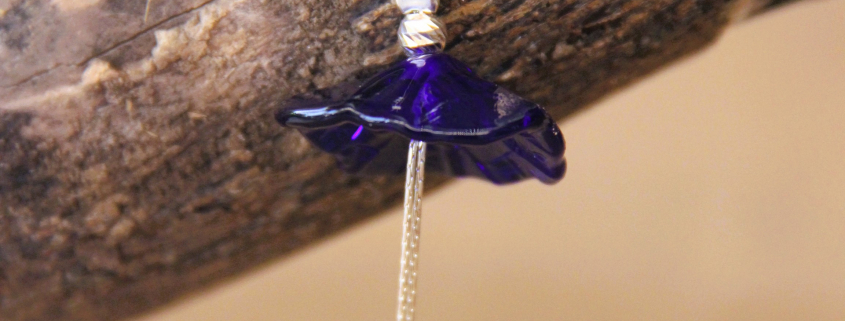The Allure of Silver 925: A Deep Dive into Sterling Silver
Silver 925, commonly known as sterling silver, is a popular and cherished material in the world of jewelry and fine craftsmanship. Its lustrous sheen and durability have made it a favorite among artisans and consumers alike. In this article, we will explore what Silver 925 is, its history, the process of making it, and why it remains a beloved choice for various applications.
What is Silver 925?
Silver 925 refers to a specific composition of silver that contains 92.5% pure silver and 7.5% other metals, typically copper. This blend, known as sterling silver, enhances the metal’s strength and durability while maintaining its beautiful, shiny appearance. Pure silver, while stunning, is too soft for most practical uses. By alloying it with a small percentage of another metal, the resulting sterling silver becomes more robust and suitable for everyday wear and tear.
The History of Sterling Silver
The use of sterling silver dates back to ancient times, with early civilizations recognizing the metal’s unique properties and beauty. The term “sterling” is believed to have originated in 12th-century England, possibly derived from the Old Norman French word “esterlin,” meaning “little star.” Sterling silver coins were widely circulated and became a trusted standard in commerce due to their consistent quality and value.
Throughout history, sterling silver has been used for a variety of purposes, from currency and cutlery to intricate jewelry and decorative objects. Its enduring popularity is a testament to its timeless appeal and practicality.
The Making of Silver 925
The process of creating Silver 925 involves several steps, each requiring precision and expertise. Here’s a closer look at how sterling silver is made:
- Purification: The process begins with the purification of raw silver, removing any impurities to achieve a high level of purity. This is typically done through a series of chemical treatments and melting processes.
- Alloying: Once the silver is purified, it is alloyed with copper to create the 92.5% silver and 7.5% copper blend. The metals are melted together in a furnace and thoroughly mixed to ensure a uniform composition.
- Casting and Shaping: The molten sterling silver is then cast into bars or sheets, which can be further processed into various shapes and sizes. Artisans use a combination of rolling, hammering, and cutting techniques to achieve the desired forms for jewelry and other items.
- Annealing: To improve the workability of the metal, it is often annealed, or heat-treated, to relieve internal stresses. This process makes the silver more malleable and easier to manipulate without breaking.
- Crafting and Finishing: The final step involves crafting the silver into finished products. Skilled artisans employ techniques such as soldering, engraving, and polishing to create intricate designs and bring out the metal’s natural shine.
Why Choose Silver 925?
Sterling silver’s appeal lies in its combination of beauty, durability, and versatility. Here are some reasons why Silver 925 remains a popular choice for various applications:
- Aesthetic Appeal: Sterling silver’s brilliant shine and smooth finish make it a visually stunning material. It can be polished to a high gloss or given a matte finish, providing flexibility in design.
- Durability: The addition of copper makes sterling silver stronger and more resistant to scratching and bending. This durability makes it suitable for everyday wear, ensuring that pieces can be enjoyed for years.
- Hypoallergenic: Sterling silver is generally safe for people with sensitive skin, as it does not contain nickel, a common allergen in lower-quality metals.
- Affordability: Compared to gold and platinum, sterling silver offers a more affordable option without compromising on quality and beauty. This makes it accessible to a wider range of consumers.
- Versatility: Sterling silver’s versatility allows it to be used in a wide variety of applications, from fine jewelry and accessories to tableware and decorative items. Its timeless appeal ensures that it complements both modern and traditional styles.


